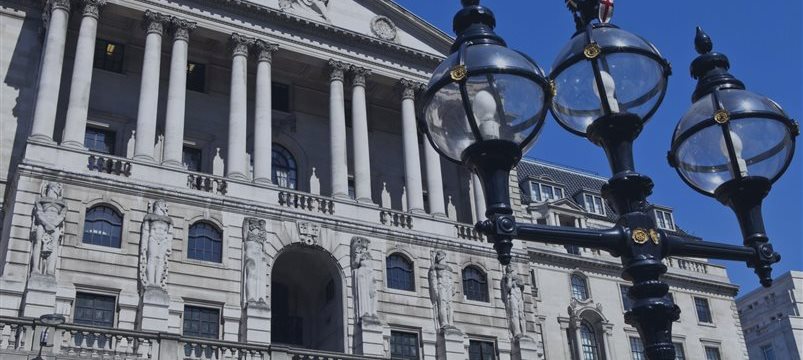The Role of Central Banks
Central banks are at the heart of the financial system of any given country in that they are the authorities controlling the supply of money, and therefore control how a regions economy functions. They evolved from the lack of stability in financial market that ruined a lot of economies during the 19th century. The first central bank was the Swedish Riksbank, which was created in the 17th century, with many following in the 18th and 19 century. The U.S. Federal Reserve appeared at the beginning of the 20th century. Over time, the roles of central banks in different countries have developed differently.
The European Central Bank's main duty is to assure price stability, by keeping "inflation rates below, but close to, 2% over the medium term" as measured in their CPI.
The Federal Reserve of the United States has four
responsibilities:
1. Conducting the nation's monetary policy by
influencing the monetary and credit conditions in the economy in pursuit
of maximum employment, stable prices, and moderate long-term interest
rates
2. Supervising and regulating banking institutions to ensure the
safety and soundness of the nation's banking and financial system and to
protect the credit rights of consumers.
3. Maintaining the stability of
the financial system and containing systemic risk that may arise in
financial markets.
4.Providing financial services to depository
institutions, the U.S. government, and foreign official institutions,
including playing a major role in operating the nation's payments system
The Bank of Japan states: "currency and monetary control shall be aimed at contributing to the sound development of the national economy, through the pursuit of price stability."
The Bank of England's mission is to assure stable prices and confidence in the currency through monetary policy and to detect and reduce threats to the financial system as a whole through financial policy
Even if in practice, central banks roles may sound different and even complicated, in pure theory their role is to increase the expansion phase of business cycle and reduce the contraction phase while still assuring future and prospective growth. These targets can be affected through monetary policy conducted by central banks via economic levers like interest rates, open market operations and reserve requirements. In order to conduct them, central banks must hold foreign reserves and gold reserves.
Interest rates are the most important economic lever that a central bank can control. In a classic economy, interest rates are viewed as "the price of money". A high interest rate will attract foreign capital and a low interest rate will tend to force capital to move outside the country in a search for a better income source (higher yields). Forex traders experience this by carry trading. We borrow in Yen, paying a 0.5% annual interest rate and buy, or go long in GBP, EUR, AUD or NZD because those currencies have higher rate of interest, or yield. Lower interest rates will boost lending because it makes the price of borrowing cheaper, giving corporations the ability to grow and giving consumers the "free hand" for spending. Over time this will create inflation and tend to cause interest rates to go up.
The central banks choose their desired interest rate in organized meetings, through voting on the short term interest rate. There are two types of interest rate that we should be aware of, they are; the nominal interest rate, and the discount interest rate from which central banks offer lending to commercial banks. Open market operations (OMO's) are one way a Central Bank controls interest rates. OMO's are simply a buying and selling operation that raises or lowers the money supply, which has an immediate effect on the interest rate and on currency valuation. Each central bank has its favorite way of influencing the interest rate through open market operations, but because of being the simplest and the most influential, we will focus on the Fed's method.
The Fed choose nominal interest rate (named fed fund target rate) through lending and borrowing for collateral securities from 22 banks and bonds dealers (called primary dealers). These operations are nicknamed "Repo" (repurchase operations). Traders should check the open market operations from time to time; they have a significant influence over forex. Most major central banks, including the FED, ECB, BoE, BoC and others use the 'corridor system' to stabilize the intraday money market conditions. In its simplest form, the 'corridor system' allows central banks to attract deposits and provide liquidity in an unlimited amount for overnight operations. This system allows banks to achieve the target overnight rate without creating volatility by channeling (a corridor) those deposits and withdrawals in a very controlled fashion. The discount window is for short-term Institutional lending, normally week-to-week.



